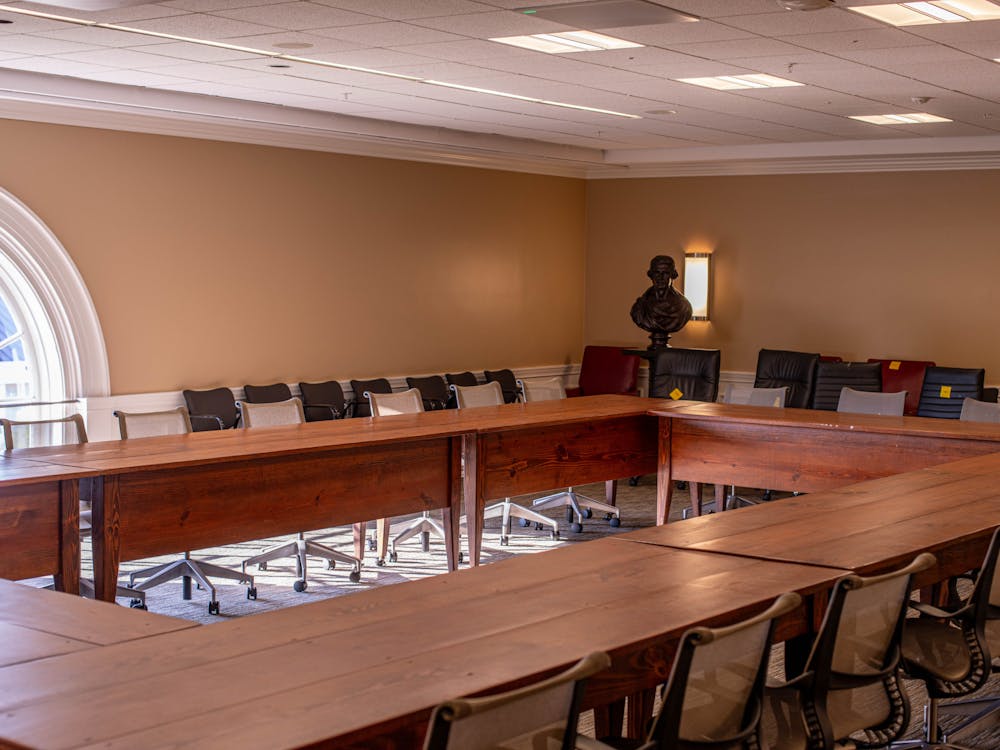Vice President for Research Tom Skalak’s office is planning — with the strong endorsement of the University’s provost and Board of Visitors — to hold what Skalak described as a “research conversation.” The focus of the initiative will be to improve interdisciplinary research across the University’s various departments.
The plan will not only focus on improving research and interdisciplinary efforts in the sciences and engineering fields but also in the humanities and social sciences, Skalak said. Though the broad initiative has not yet been formally announced, Skalak’s office currently is finalizing the ideas behind the plan.
Many complex problems facing society can benefit from the perspectives of multiple disciplines, Skalak said, and the new initiative aims to help the University become a leading force in addressing those important problems. For example, as part of the interdisciplinary efforts encouraged by the plan, scientists studying alternative energy could combine their efforts with social science researchers from the fields of commerce and public policy, Skalak said. This collaboration could lead to public policy advances in terms of alternative energy technology.
“We have some real diverse teams that work across schools,” Skalak said, noting that the University currently has people involved with Architecture, Commerce and Engineering School sustainability initiatives working with members of the environmental science and social science departments.
Engineering Dean James Aylor echoed Skalak’s sentiment about the significant amount of cross-disciplinary research that could involve multiple departments and schools within the University. Engineering departments mostly collaborate with the Medical School and science departments from the College, he added.
Most of the collaboration “happens at a grassroots level with faculty-to-faculty interaction,” Aylor said, but the deans can help to facilitate that interaction.
Collaboration in the biomedical engineering department, for example, benefits from the fact that the department includes faculty from both the Medical School and the Engineering School, Aylor said. Other engineering departments tend to collaborate with physical science departments, Aylor said.
Collaboration between disciplines can also be beneficial for the Engineering School itself, Aylor said.
“[The Engineering School is] not a large school, and I think the collaboration really makes us look a lot bigger from an outside standpoint,” Aylor said.
Regardless of the advantages of pan-University collaboration, Skalak emphasized that the research initiative is still in its formative stages.
“It’s premature,” Skalak said. “We’re still in the early stages of speaking to all the deans of the schools [and] forming this.”






